Monday, May 2, 2011
1
Monday, May 2, 2011
Techopine™
Read more Here
Google Webmaster Guidelines (Nicefunspot )
Google Webmaster Guidelines - The number of search engines on internet is so numerous, thousands or perhaps tens of thousands. Does our blog need to optimize to all search engines? Even Kang Rohman himself focus on Google only as the biggest search engine.
Why should focus on one search engine only, and not to all search engines? Because each search engines has algorithm itself. Just wasting time to understand the character of each search engines because it need long time to do.
Why should pay attention on Google and not others such as Yahoo or Bing? This is only an option, if you want to focus on Yahoo optimization, go on, if you want to focus on Bing optimization, go ahead.
This page named Webmaster Guidelines.
To visit the Webmaster Guidelines, please go to:
http://www.google.com/support/webmasters/bin/answer.py?answer=35769
There are lot of reliable informations which Google made itself, so read carefully all the guidelines they have wrote so you don’t get any trouble with Google in future.
Why should focus on one search engine only, and not to all search engines? Because each search engines has algorithm itself. Just wasting time to understand the character of each search engines because it need long time to do.
Why should pay attention on Google and not others such as Yahoo or Bing? This is only an option, if you want to focus on Yahoo optimization, go on, if you want to focus on Bing optimization, go ahead.
What Is Google Webmaster Guidelines
Google prefers users with rules of the game. In this case, Google has provided specifically page contains the direction for the webmaster, what to do and what not to do.This page named Webmaster Guidelines.
To visit the Webmaster Guidelines, please go to:
http://www.google.com/support/webmasters/bin/answer.py?answer=35769
There are lot of reliable informations which Google made itself, so read carefully all the guidelines they have wrote so you don’t get any trouble with Google in future.
0
Techopine™
Read more Here
SEO Basic Concept
We will be focused to study SEO (Search Engine Optimization) especially for bloggers/ BlogSpot users. I just want to skim someone’s opinions out there that blogger engine is not SEO friendly, it certainly not true because all get back to the engine users itself, whether to use blogger, Wordpress, Drupal, etc. If you didn’t understand how to apply various SEO techniques on the engine you used, it just a big zero.
Previously,We wants to instill the basic concepts of SEO that you should to remember, there are among others:
Maybe you have heard of SEO tips before in choosing a domain name , at least one keyword from your blog’s main topic, the post tittle should contain the target keyword, the first paragraph should contain the target keyword. Or maybe you have heard about “Content Is the King”, it’s not apart from the search engine has indexes what you have provide in blog and forward it in search engine.
An illustration, I tried to write the “Blogspot Tutorial” keyword in Google search engine, and here are the results:
The winner for the keywords ishttp://nicefunspot.blogspot.com
Why so? One factor is writing the same domain with the keyword in search, there are posts within those words.
So, the core is search engine indexes all the writing. Without any posts in your blog, then all the SEO techniques were applied will be useless.
Like in school, in a class students can be up to tens, who conveyed the same subject matters, with same teacher. But from dozens of students there must be a rank 1. Ask why? Because the student who rank 1 is able to apply what has learnt in study than his friends as competitors.
In addition, SEO are dynamic. From time to time there will be a outdated SEO techniques as developers are constantly update their search engine algorithm.
Previously,We wants to instill the basic concepts of SEO that you should to remember, there are among others:
- Natural and think like human being
- Search engine indexes the blog content
- SEO is a competition
- SEO techniques is not only one
Natural and Thinking Like Human Being
In research, there are similarities in pattern of thinking between search engine and human being, perhaps it because the programmer of search engine is indeed human being. Here are a few:- Search engine prefers blogs with original posting. In real world, other people’s act of piracy is consider unpleasant and it’s against all aspects of community, as well as search engine itself, it refers blogs with original contents than those with other blogs copied from another resources or in other word copy paste.
- Don’t like to be deceived. In SEO there is term named Black Hat SEO, that is SEO technique which applies search engine deception technique for examples hidden text, hidden link, keyword repetition, etc. which basically are deception techniques, and some of techniques that are not desirable by the search engine.
- Glad to informative blogs. Many people pay attention to others just because the others often to put forward some useful information, as well as personal or especially for public. Search engine is the same.
- Do not like excessive. Only few peoples who like overact behavior, as well as search engine it doesn’t like overload blogs.
- Like the recommended blogs by many parties. Search engine would like the recommendation, in this case is given a backlink by other blogs. Backlink in blogosphere is like recommendation or endorsement.
- And many others
Search engine indexes the blogs content
All you have to bear in SEO that is search engine indexes the entire contents in our blog and as the search engine consideration to prioritized your blog position.Maybe you have heard of SEO tips before in choosing a domain name , at least one keyword from your blog’s main topic, the post tittle should contain the target keyword, the first paragraph should contain the target keyword. Or maybe you have heard about “Content Is the King”, it’s not apart from the search engine has indexes what you have provide in blog and forward it in search engine.
An illustration, I tried to write the “Blogspot Tutorial” keyword in Google search engine, and here are the results:
The winner for the keywords ishttp://nicefunspot.blogspot.com
Why so? One factor is writing the same domain with the keyword in search, there are posts within those words.
So, the core is search engine indexes all the writing. Without any posts in your blog, then all the SEO techniques were applied will be useless.
SEO Is a Competition
In fact, SEO is a competition which is more appropriate to apply the SEO techniques then he comes out as the winner. As conjunction, SEO rivalry could be tens of thousands even tens of millions.Like in school, in a class students can be up to tens, who conveyed the same subject matters, with same teacher. But from dozens of students there must be a rank 1. Ask why? Because the student who rank 1 is able to apply what has learnt in study than his friends as competitors.
SEO Technique Is Not Only One
SEO technique is not only one, not even a definite number. In that way, do not relay on just with one SEO technique you have read on internet and you blog can be directly shot in the first place in search. That’s why it very important to learn SEO in detail.In addition, SEO are dynamic. From time to time there will be a outdated SEO techniques as developers are constantly update their search engine algorithm.
Cover
The reviews above are only few thought that should be induced in about SEO, of course there are lot of thoughts that you should keep in mind and applied. Because of my lack of knowledge, that’s all can be written at this time.
0
Techopine™
 now i am wrote about Contact Us in this blog, there are many e-mails that ask on how to make a contact form like this blog’s contact form. Hmmm..do I still remember it? I think I forget because I didn’t write the steps when I was making it. Well, readers, just a minute and let me remember it ok
now i am wrote about Contact Us in this blog, there are many e-mails that ask on how to make a contact form like this blog’s contact form. Hmmm..do I still remember it? I think I forget because I didn’t write the steps when I was making it. Well, readers, just a minute and let me remember it ok 
Before adding the contact form in your blog, it is better for you to consider the good things and bad things of adding the contact form. One of the good things of adding contact form is to ease the visitors to send you e-mails. And the bad things about it are people or your visitors are easy to send you e-mails. The consequence is that you have to be ready to receive a lot of e-mails in your inbox and spare your time to answer their e-mails, right? In this opportunity, Kang Rohman also would like to say sorry if Kang Rohman haven’t been able to respond your emails because Kang Rohman don’t have much time to respond all emails in Kang Rohman inbox.
Read more Here
Making a contact form For website(Blogger,Wordpress)
 now i am wrote about Contact Us in this blog, there are many e-mails that ask on how to make a contact form like this blog’s contact form. Hmmm..do I still remember it? I think I forget because I didn’t write the steps when I was making it. Well, readers, just a minute and let me remember it ok
now i am wrote about Contact Us in this blog, there are many e-mails that ask on how to make a contact form like this blog’s contact form. Hmmm..do I still remember it? I think I forget because I didn’t write the steps when I was making it. Well, readers, just a minute and let me remember it ok Before adding the contact form in your blog, it is better for you to consider the good things and bad things of adding the contact form. One of the good things of adding contact form is to ease the visitors to send you e-mails. And the bad things about it are people or your visitors are easy to send you e-mails. The consequence is that you have to be ready to receive a lot of e-mails in your inbox and spare your time to answer their e-mails, right? In this opportunity, Kang Rohman also would like to say sorry if Kang Rohman haven’t been able to respond your emails because Kang Rohman don’t have much time to respond all emails in Kang Rohman inbox.
Where can we gat Contact Form? In the Internet, there are many websites that give this facilities. Some websites give free facilities but some give free facilities. And as a future fortune teller, Kang Rohman knows that you want the free one, don’t you?
The free contact form can be found in
http://www.emailmeform.com
http://kontactr.com
And below are the steps to make the contact form:
To make a contact form, you only need to make a new post as usual, change from compose menu into HTML menu, then paste the code of EmailMeForm you save in notepad or other text editors and finally click publish. That’s it. Now, you have Contact Form in your blog.
Good luck, my readers! Please Comment Us if you Like so.
The free contact form can be found in
http://www.emailmeform.com
http://kontactr.com
http://www.zoho.com
and many others. The contact form of this blog is taken from http://www.emailmeform.com, so I will give the tutorial about the contact from this web. And below are the steps to make the contact form:
- Please, visit http://www.emailmeform.com.
- Drop your eyes to the right side of the monitor
- Click Sign up for free
- Fill the form available with your personal data: First Name : » fill with your first name, example : jaka.
Last Name : » fill with your last name, example : Aditya
Username : » fill with your user name. example : aditya
Password : » fill with your username, example : juralitjungkel.
Retype Password : » fill with your username again, example: juralitjungkel.
Your Email : » fill with your email, example: aditya@unp.im
- Click Sign up.
- Website will thank for using their facilities and ask you to check your e-mail you use when signing up for e-mail verification.
- Open your e-mail from EmailMeForm. The email shows your new account information.
- Click the link given or copy the URL to the address bar browser internet to verify that it is your email.
- After the verification process, click the writing click here to go to your control panel account.
- Drop your attention to the right side of the monitor and click Create new form.
- Here, you should fill in some forms
Web form Name : » fill with your name, or ignore it (it is already Contact Webmaster).
Recipients Emails : » fill with the e-mail which will receive the messages.
Spam Email address : » fill with the e-mail which will receive spam e-mail (junk, ads e-mails or others) or just let it blank if you don’t want to receive spam e-mails.
Thank you page : » fill with URL address that will contain “Thank You”, example; click this post to see the sample or just write your blog URL if you are confused.
Number of fields : » don’t change, just keep it 4.
- Click next on the right of the web
- You should change some filed names as you want, such as; your name becomes Nama, your e-mail address becomes alamat e-mail, etc. Or you can keep them original.
- Click next on the right of the web
- Click next again
- Please fill with your interest ( wow..it is tiring to explain this one) or skip it.
- Click next again
- Click next again
- The web will show the sample of contact form that you have made.
- Click finish
- Click Get the HTML codes
- Copy the code in text area, under the writing Copy and paste this HTML code into your page. The paste them into notepad or other text editors.
- finish
To make a contact form, you only need to make a new post as usual, change from compose menu into HTML menu, then paste the code of EmailMeForm you save in notepad or other text editors and finally click publish. That’s it. Now, you have Contact Form in your blog.
Good luck, my readers! Please Comment Us if you Like so.
Thursday, April 14, 2011
1
Thursday, April 14, 2011
Techopine™
Jajpur is situated on the right bank of the Baitarani River at longitude 20051 N and latitude 86020 E. The origin of the name of Jajpur is shrouded in mystery. Some scholars think that it is derived from the word Yajnapura, while other scholars opine that the name originated from Jajatipura. King Yajati of Somavansa was known to have made a great yajna called Dasaswamedha at this place. For this, he brought 10,000 Brahmins from other parts of India and settled them in various Sasanas for which now we find a series of Brahmana Sasana villages in Jajpur area. Some historians are of the opinion that Yajati Kesari made his capital here and named the city as Jajapura. However recent research indicates that the place has a hoary antiquity.
In ancient times Jajpur was called as Viraja or Parvati Khetra. At times it was also known as Baitarani Tirtha. Viraja Khetra finds mention in Sanskrit in the Mahabharata. The Puranic literatures refer to Viraja as Baitarani Tirtha, which was one of the famous tirthas of India. The place has also been described in the Kapilasamhita, Brahmanda Purana, Vayu Purana, Brahma Purana, Tantrachintamani, Astapithamahatmaya and Caitanya-caritamrita.
It is said that Siva became disconsolate when his wife Sati died. He moved madly with her corpse. In order to put an end to this trauma of Siva, Lord Visnu cut the corpse into three pieces with His Chakra. The naval portion fell at Baitarini Tirtha, i.e., at Jajpur for which it became famous as Navigaya. A temple of Sati was built subsequently which later on became famous as Viraja. However the Brahma Purana states that Brahma himself installed the Viraja Deity at this holy centre. According to the Linga Purana, Viraja originated from the sacrificial altar where Brahma made a yajna at Jaipur. Brahmakunda of Jajpur is believed to be the site of yajna. Since then, Virajakhetra was famous all over India and it is believed that seven generations of ancestors get salvation when one visits the pitha of mother Viraja. There are other 68 subsidiary tirthas at Jajpur to heighten the glory of Viraja.
Jajpur is also associated with the Gayasura legend. He was a benevolent asura who used to save the pious Hindus from perdition and hell. The demigods became envious of his piety and attempted to destroy him. Knowing this, he sacrificed himself on the condition that his head should fall at Gaya in Bihar near the Phalgu river, his feet in the Godavari river and navi in Baitarani river near Jajpur, where when Sraddha ceremony would be performed by the devotees. Doing so, they will escape consignment of hell along with seven generations of ancestors. Accordingly at the three centres, Srigaya, Padagaya and Navigaya developed. Even today, people believe this and visit the site in pilgrimage and perform Sraddha ceremony for the departed ancestors.
It is also said that Brahma performed ten horse sacrifices at Dasaswamedha ghat and so the place became a centre of pilgrimage later on. Among other gods and goddesses, mother Ganga attended the ceremony. It a believed that she has sent a flow of her sacred water through the mother earth which gushed forth at Gonasika in Keonjhar district, where from the Baitarani River has originated. It is believed that a gift of a cow at this tirtha gives salvation.
By about the 4th-5th century A.D. there was an unprecedented revival of Brahmanism in India with the emergence of the imperial Guptas. Various royal houses brought pure Brahmins from Kanauj area and settled them in North-Eastern India to curb influence of Buddhism. Hence in all probability, it appears that a series of great Yajnas were performed on the bank of the Baitarani for revival of Brahmanism, which later on seems to have assumed epic historical dimensions.
During that historical period, under the rule of the Bhaumakaras and the Somavansis, Viraja was the capital of Orissa and was the nerve centre of political and cultural activities. The extant archaeological remains point out that even during the rule of the Gangas and Suryavansi Gajapatis there was unprecedented cultural and monumental efflorescence.
Virajakhetra is triangular. In each corner we find a Siva temple at equal distance. There are Bileswar, Khitateswar and Baruneswar. The first two temples have received land grants from King Anangabhimadeva, as is evident from Madalapanji. Beautiful ancient Buddhist and Jaina images are found in the architectural programme of the temples. The Brahma Purana says that there were one less to one crore Sivalinga in Jajpur area, which indicates the religious importance of the place.
At present, we find there the images of Padmapani Avalokiteswar, Buddha, Garuda, Varahi, Chamunda and Indrani. The images of Sapta Matrukas and Avalokiteswar have been declared as protected ones by the Archaeological Survey of India. The colossal image of Padmapani Avolokiteswara is locally called Shanta Madhava, since it was brought from the nearby village of Shanta Madhava. It measures 16 feet 5 inches in height and 5 feet 3 inches in width. It is carved out in relief. The Chamunda image is 9 feet 1 inch in height and 6 feet in width. It is made of chlorite stone. It is projected as an emaciated old lady seated on a corpse wearing garland of skulls and other ornamentations.
The four-armed Indrani figure (8'8" x 5'x9") is found seated in Lalitasana on a high pedestal. The life size Varahi image is found seated with her right leg on the buffalo. She has three eyes and curly hair. Two Buddha figures are carved out in Bhumisparsamudra. Another Buddha image is found in serene posture. Sri Garuda is exuberant for his embellishment, ornamentation and articulation.
The monolithic pillar of Jajpur called Subha stambha and Chandeswar pillar stands majestically on an elevated platform made of three blocks of stones. It is square at the base and octagonal and sixteen sided at the top. It is made of chlorite stone and the total height from ground level is thirty-one feet. It is believed that the Somavansis, as their mark of victory, have installed this as the Vijaya Stambha or Victory Pillar.
King Anangabhimadeva of Ganga dynasty had built a Jagannath temple at Jajpur, in imitation of the Jagannath Temple of Puri, which was known to have been destroyed by the Muslim invaders. Near Dasasmamedha ghat we find the images of Sapta matrukas, namely Chamunda, Varahi, Indrani, Vaisnavi, Sivaduti, Kaumari and Maheswari. They are found seated on a lotus pedestal with their respective mounts, with babies on their left hand. The figures are heavily bedecked with drapery and ornaments. Sivaduti has been depicted in emaciated form.
One very big sitting Ganesa image is also found at this centre. Other figures like that of Jaina Santinatha, Chandranatha and Parswanatha etc. are found in Jajpur. At present they are being worshipped as Visnavite icons. Apart from these we find a large number of fragmentary sculptures of Jainism, Buddhism, Vaisnavism, Saivism, Saktism and Tantricism. Their study reveals that there was unprecedented religious and monumental efflorescence in Jajpur from ancient times. The two-handed Durga image without her mount (present Viraja) killing Mahisa is considered to be one of the earliest Durga images of India.
The Bhaumakaras ruled in this part of Orissa from 736 A.D. to 910 A.D. and contributed significantly to the history and culture of Orissa. Subsequently the Bhauma Kingdom with its capital Viraja came under the suzerainty of the Somavansis by the 3rd quarter of the 10th century A.D. The Somavansis, the Gangas and the Gajapaties heightened the glory of this tract during their regimes. With the rising Muslim invasions, the kingdom and culture of eternal Jajpur was eclipsed. Nevertheless, the extant exuberant archaeological remains vindicate the victorious heydays of Jajpur in glowing terms.
Read more Here
Ancient History of Jaipur by nicefunspot
Ancient History of Jajpur
Jajpur is situated on the right bank of the Baitarani River at longitude 20051 N and latitude 86020 E. The origin of the name of Jajpur is shrouded in mystery. Some scholars think that it is derived from the word Yajnapura, while other scholars opine that the name originated from Jajatipura. King Yajati of Somavansa was known to have made a great yajna called Dasaswamedha at this place. For this, he brought 10,000 Brahmins from other parts of India and settled them in various Sasanas for which now we find a series of Brahmana Sasana villages in Jajpur area. Some historians are of the opinion that Yajati Kesari made his capital here and named the city as Jajapura. However recent research indicates that the place has a hoary antiquity.
In ancient times Jajpur was called as Viraja or Parvati Khetra. At times it was also known as Baitarani Tirtha. Viraja Khetra finds mention in Sanskrit in the Mahabharata. The Puranic literatures refer to Viraja as Baitarani Tirtha, which was one of the famous tirthas of India. The place has also been described in the Kapilasamhita, Brahmanda Purana, Vayu Purana, Brahma Purana, Tantrachintamani, Astapithamahatmaya and Caitanya-caritamrita.
It is said that Siva became disconsolate when his wife Sati died. He moved madly with her corpse. In order to put an end to this trauma of Siva, Lord Visnu cut the corpse into three pieces with His Chakra. The naval portion fell at Baitarini Tirtha, i.e., at Jajpur for which it became famous as Navigaya. A temple of Sati was built subsequently which later on became famous as Viraja. However the Brahma Purana states that Brahma himself installed the Viraja Deity at this holy centre. According to the Linga Purana, Viraja originated from the sacrificial altar where Brahma made a yajna at Jaipur. Brahmakunda of Jajpur is believed to be the site of yajna. Since then, Virajakhetra was famous all over India and it is believed that seven generations of ancestors get salvation when one visits the pitha of mother Viraja. There are other 68 subsidiary tirthas at Jajpur to heighten the glory of Viraja.
Jajpur is also associated with the Gayasura legend. He was a benevolent asura who used to save the pious Hindus from perdition and hell. The demigods became envious of his piety and attempted to destroy him. Knowing this, he sacrificed himself on the condition that his head should fall at Gaya in Bihar near the Phalgu river, his feet in the Godavari river and navi in Baitarani river near Jajpur, where when Sraddha ceremony would be performed by the devotees. Doing so, they will escape consignment of hell along with seven generations of ancestors. Accordingly at the three centres, Srigaya, Padagaya and Navigaya developed. Even today, people believe this and visit the site in pilgrimage and perform Sraddha ceremony for the departed ancestors.
It is also said that Brahma performed ten horse sacrifices at Dasaswamedha ghat and so the place became a centre of pilgrimage later on. Among other gods and goddesses, mother Ganga attended the ceremony. It a believed that she has sent a flow of her sacred water through the mother earth which gushed forth at Gonasika in Keonjhar district, where from the Baitarani River has originated. It is believed that a gift of a cow at this tirtha gives salvation.
By about the 4th-5th century A.D. there was an unprecedented revival of Brahmanism in India with the emergence of the imperial Guptas. Various royal houses brought pure Brahmins from Kanauj area and settled them in North-Eastern India to curb influence of Buddhism. Hence in all probability, it appears that a series of great Yajnas were performed on the bank of the Baitarani for revival of Brahmanism, which later on seems to have assumed epic historical dimensions.
During that historical period, under the rule of the Bhaumakaras and the Somavansis, Viraja was the capital of Orissa and was the nerve centre of political and cultural activities. The extant archaeological remains point out that even during the rule of the Gangas and Suryavansi Gajapatis there was unprecedented cultural and monumental efflorescence.
Virajakhetra is triangular. In each corner we find a Siva temple at equal distance. There are Bileswar, Khitateswar and Baruneswar. The first two temples have received land grants from King Anangabhimadeva, as is evident from Madalapanji. Beautiful ancient Buddhist and Jaina images are found in the architectural programme of the temples. The Brahma Purana says that there were one less to one crore Sivalinga in Jajpur area, which indicates the religious importance of the place.
At present, we find there the images of Padmapani Avalokiteswar, Buddha, Garuda, Varahi, Chamunda and Indrani. The images of Sapta Matrukas and Avalokiteswar have been declared as protected ones by the Archaeological Survey of India. The colossal image of Padmapani Avolokiteswara is locally called Shanta Madhava, since it was brought from the nearby village of Shanta Madhava. It measures 16 feet 5 inches in height and 5 feet 3 inches in width. It is carved out in relief. The Chamunda image is 9 feet 1 inch in height and 6 feet in width. It is made of chlorite stone. It is projected as an emaciated old lady seated on a corpse wearing garland of skulls and other ornamentations.
The four-armed Indrani figure (8'8" x 5'x9") is found seated in Lalitasana on a high pedestal. The life size Varahi image is found seated with her right leg on the buffalo. She has three eyes and curly hair. Two Buddha figures are carved out in Bhumisparsamudra. Another Buddha image is found in serene posture. Sri Garuda is exuberant for his embellishment, ornamentation and articulation.
The monolithic pillar of Jajpur called Subha stambha and Chandeswar pillar stands majestically on an elevated platform made of three blocks of stones. It is square at the base and octagonal and sixteen sided at the top. It is made of chlorite stone and the total height from ground level is thirty-one feet. It is believed that the Somavansis, as their mark of victory, have installed this as the Vijaya Stambha or Victory Pillar.
King Anangabhimadeva of Ganga dynasty had built a Jagannath temple at Jajpur, in imitation of the Jagannath Temple of Puri, which was known to have been destroyed by the Muslim invaders. Near Dasasmamedha ghat we find the images of Sapta matrukas, namely Chamunda, Varahi, Indrani, Vaisnavi, Sivaduti, Kaumari and Maheswari. They are found seated on a lotus pedestal with their respective mounts, with babies on their left hand. The figures are heavily bedecked with drapery and ornaments. Sivaduti has been depicted in emaciated form.
One very big sitting Ganesa image is also found at this centre. Other figures like that of Jaina Santinatha, Chandranatha and Parswanatha etc. are found in Jajpur. At present they are being worshipped as Visnavite icons. Apart from these we find a large number of fragmentary sculptures of Jainism, Buddhism, Vaisnavism, Saivism, Saktism and Tantricism. Their study reveals that there was unprecedented religious and monumental efflorescence in Jajpur from ancient times. The two-handed Durga image without her mount (present Viraja) killing Mahisa is considered to be one of the earliest Durga images of India.
The Bhaumakaras ruled in this part of Orissa from 736 A.D. to 910 A.D. and contributed significantly to the history and culture of Orissa. Subsequently the Bhauma Kingdom with its capital Viraja came under the suzerainty of the Somavansis by the 3rd quarter of the 10th century A.D. The Somavansis, the Gangas and the Gajapaties heightened the glory of this tract during their regimes. With the rising Muslim invasions, the kingdom and culture of eternal Jajpur was eclipsed. Nevertheless, the extant exuberant archaeological remains vindicate the victorious heydays of Jajpur in glowing terms.
Posted in awesome, cities, exclusive nicefunspot, images, india, Photography, tourist watch, travels heaven
0
Techopine™

NewZealand is the country of powerful geysers, colorful lakes and breathtaking landscapes. No wonder it was chosen for the "Lord of the Rings" setting.


Geyser "Prince of Wales" is one of the biggest geysers in the world, every 20 minutes it shoots hot water at the height of 20 meters.
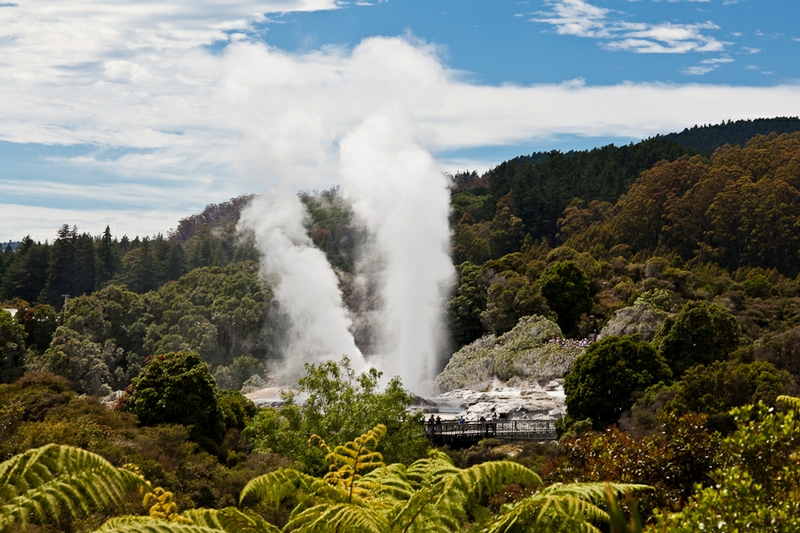

Despite being very exciting performance it stinks so badly that it's a risk to throw up. It's interesting what Prince of Wales thinks about this little fact?
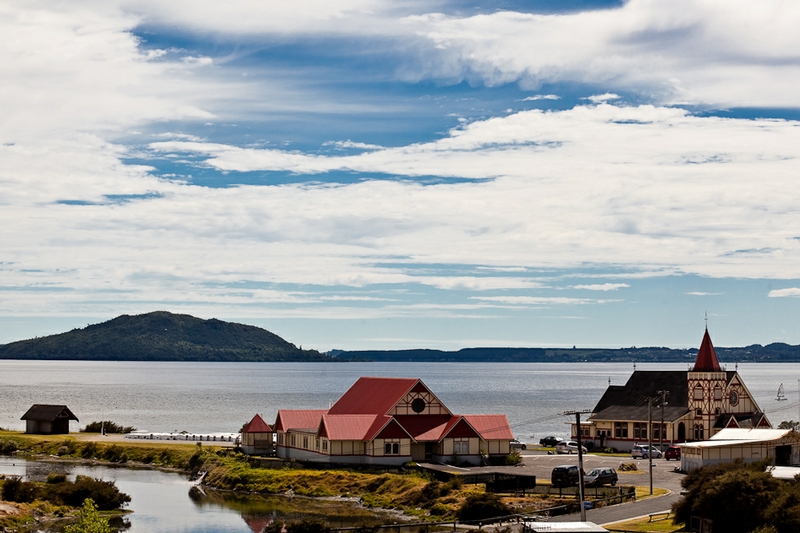

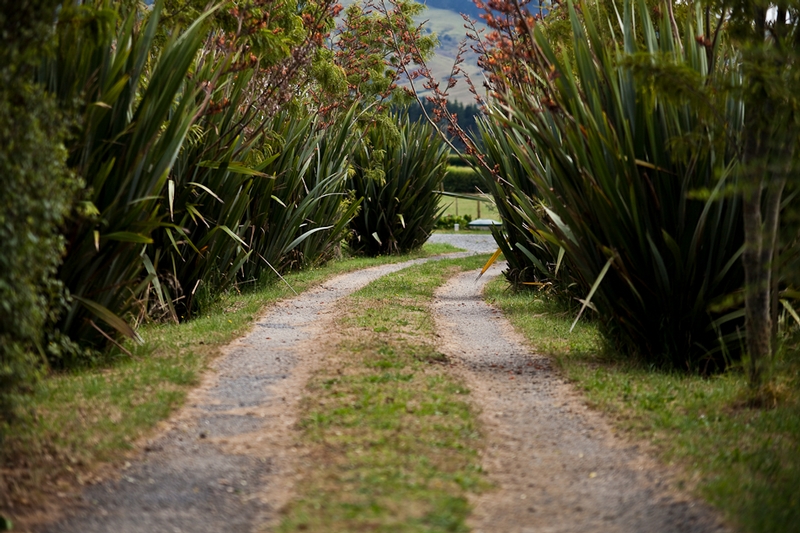

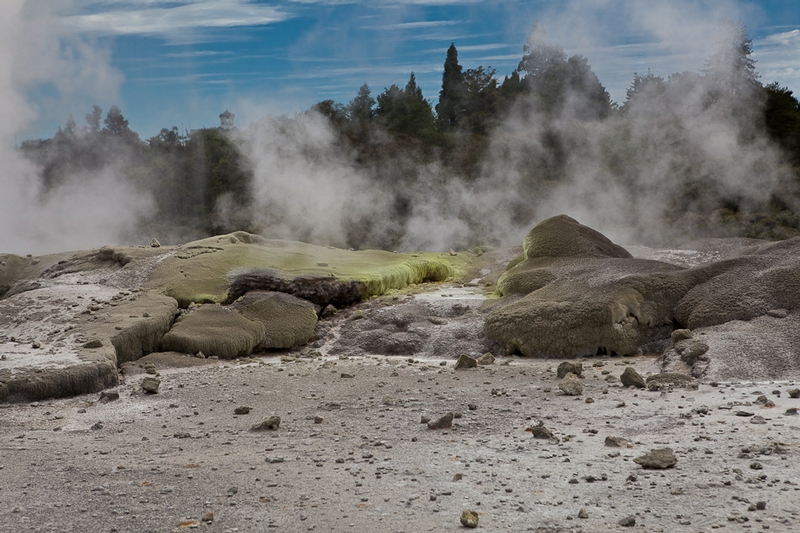

Hot springs.

There are also lakes of unearthly beauty.
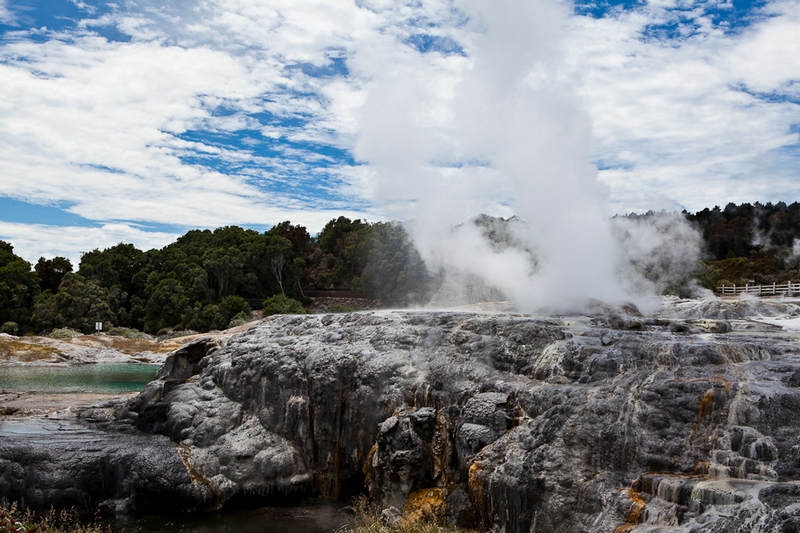


Mud bath, anyone?

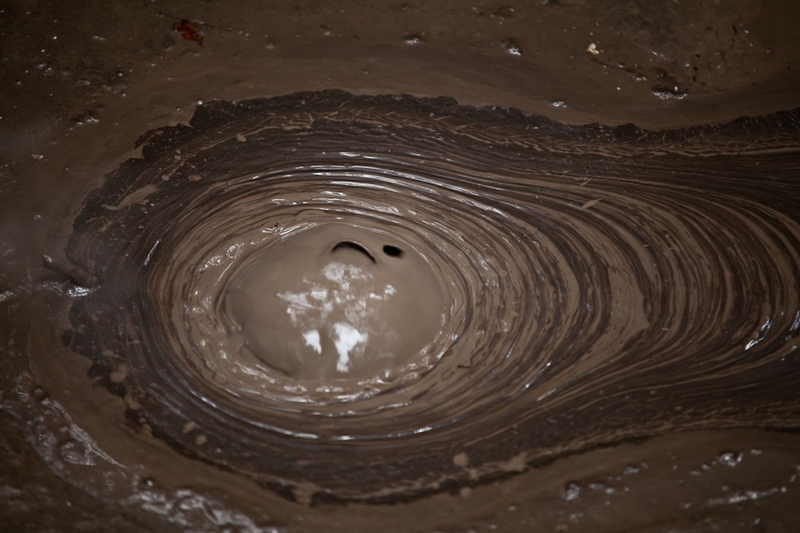
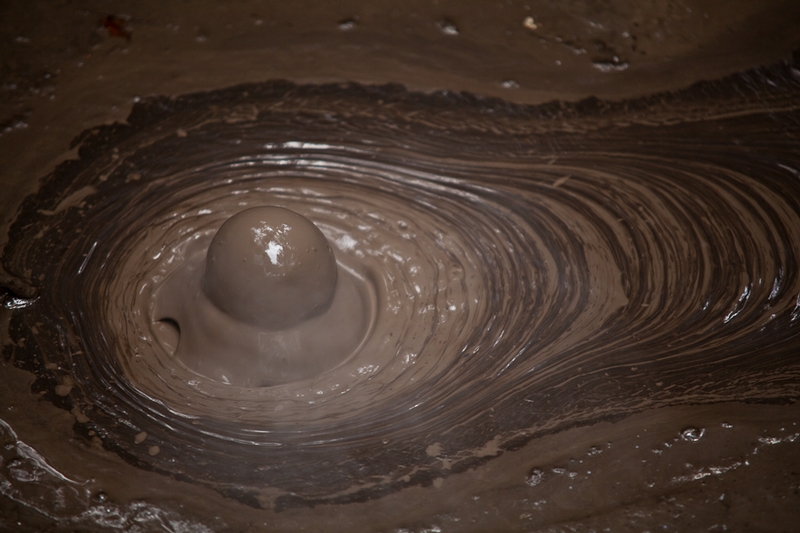

Small Maori show. Maori are native New Zealand people, who lived here before the Europeans arrived.

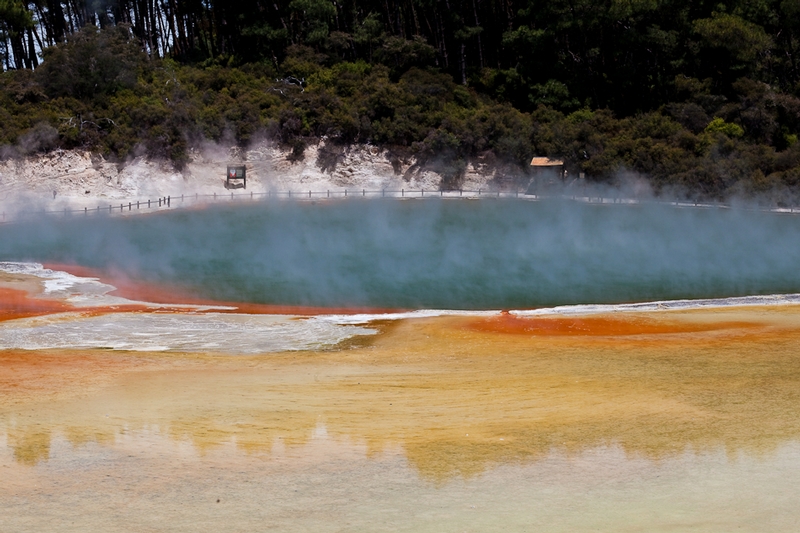


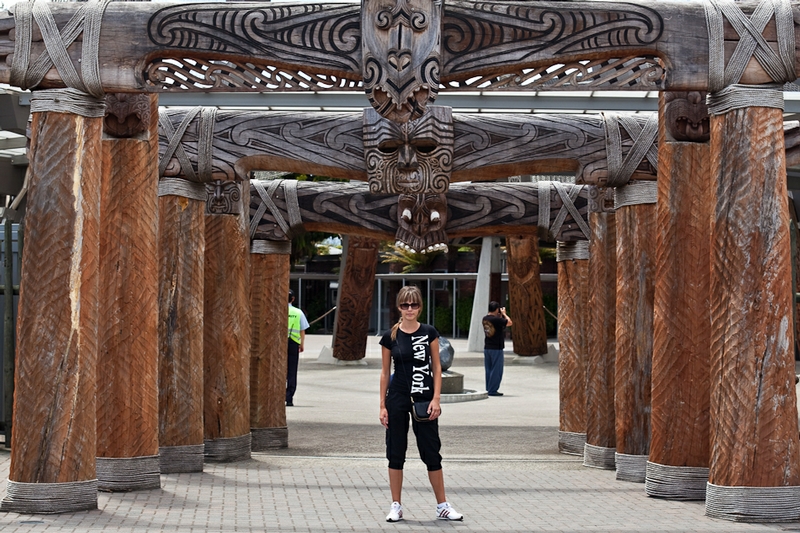

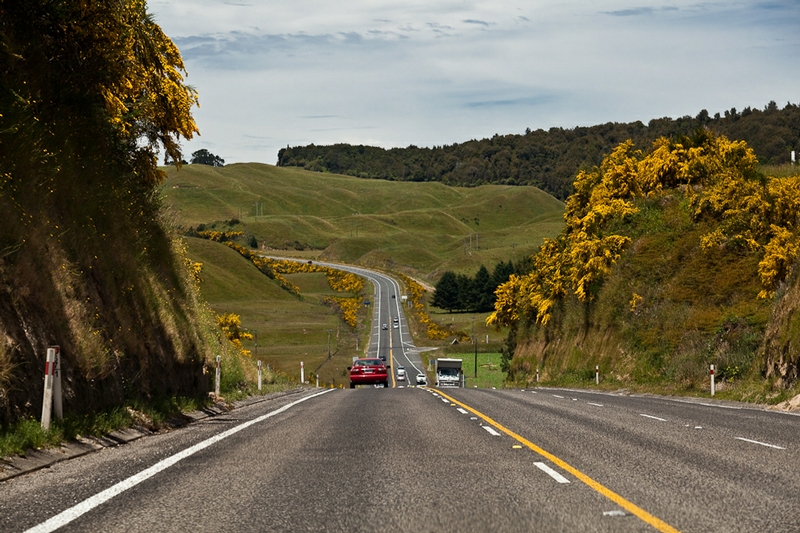



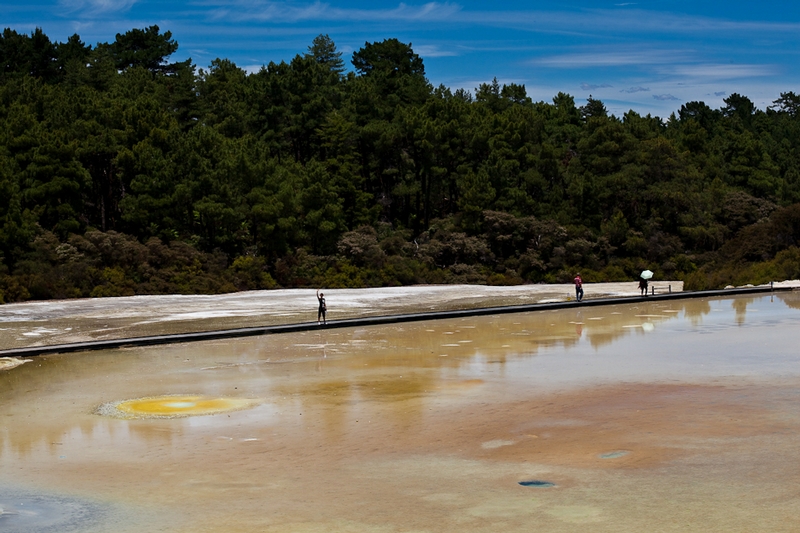

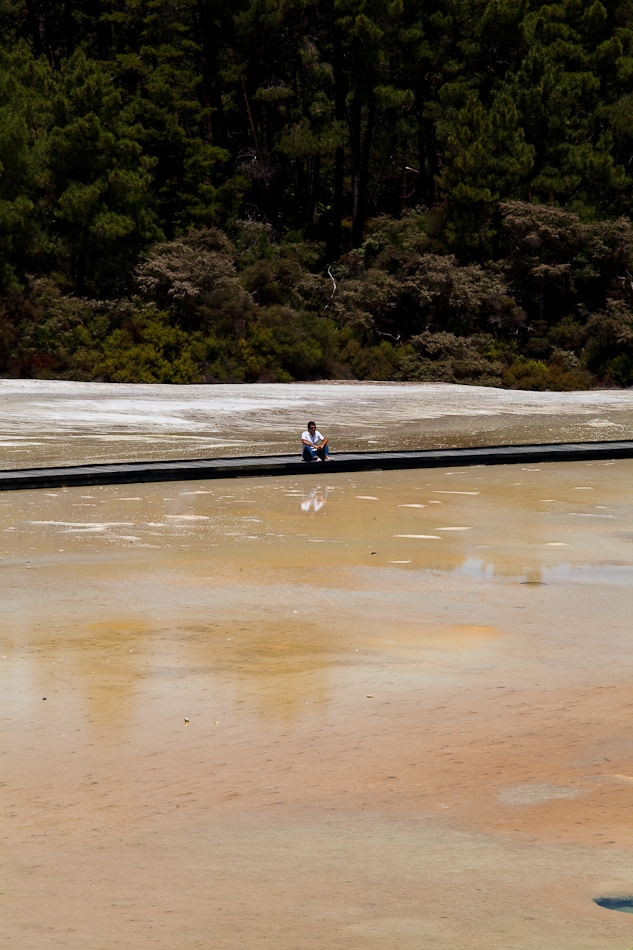
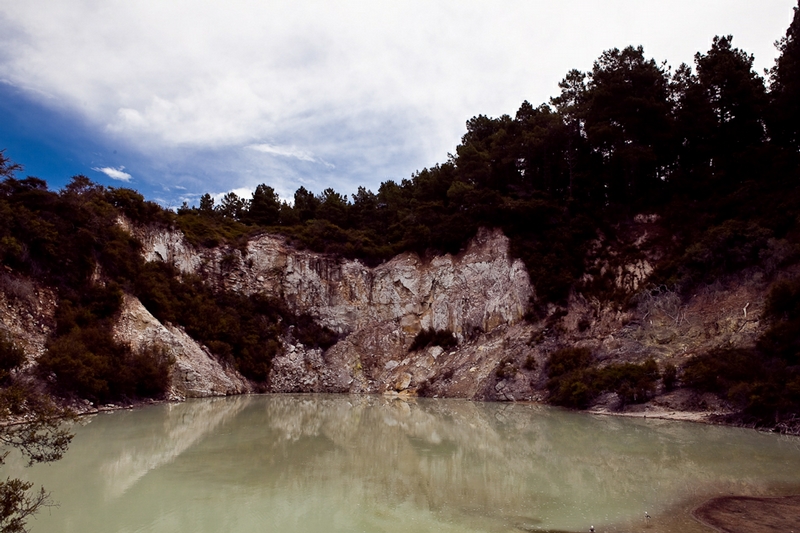

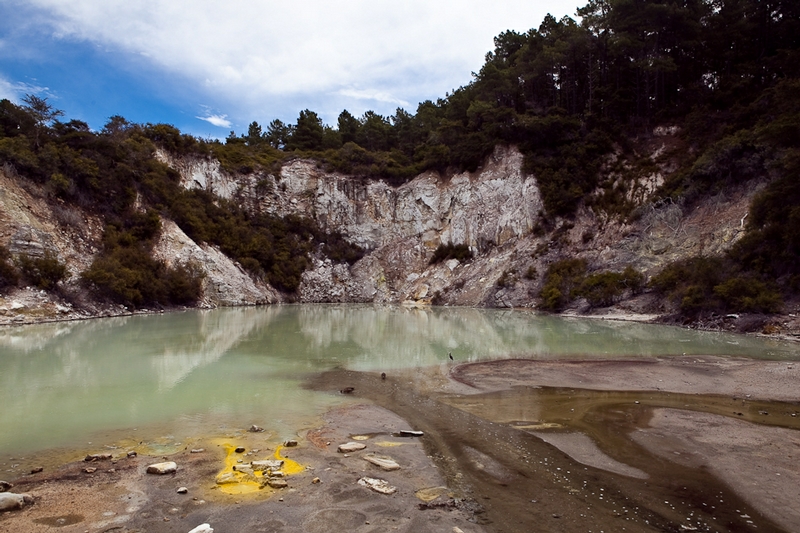
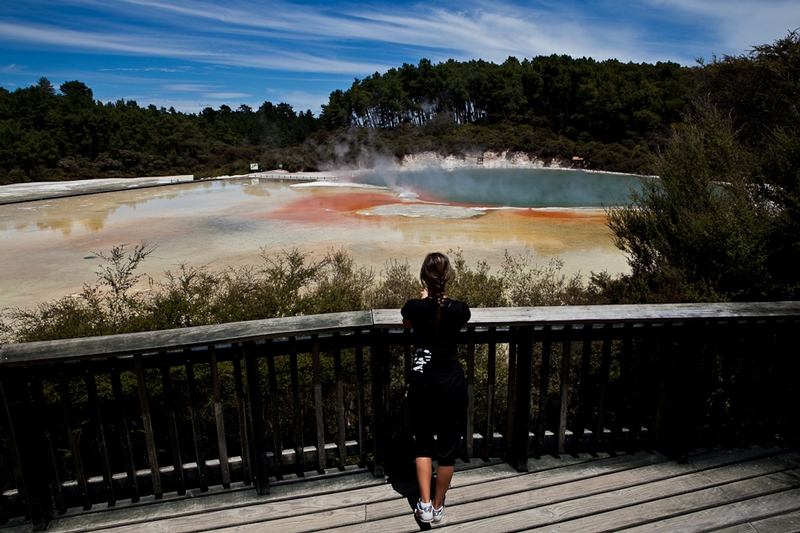

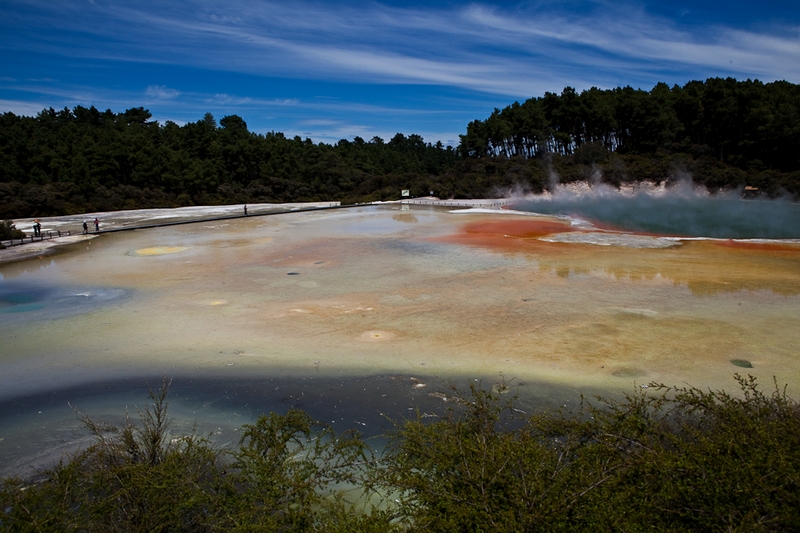

There are lakes of the most unexpected colors.


Water is boiling in this lake.
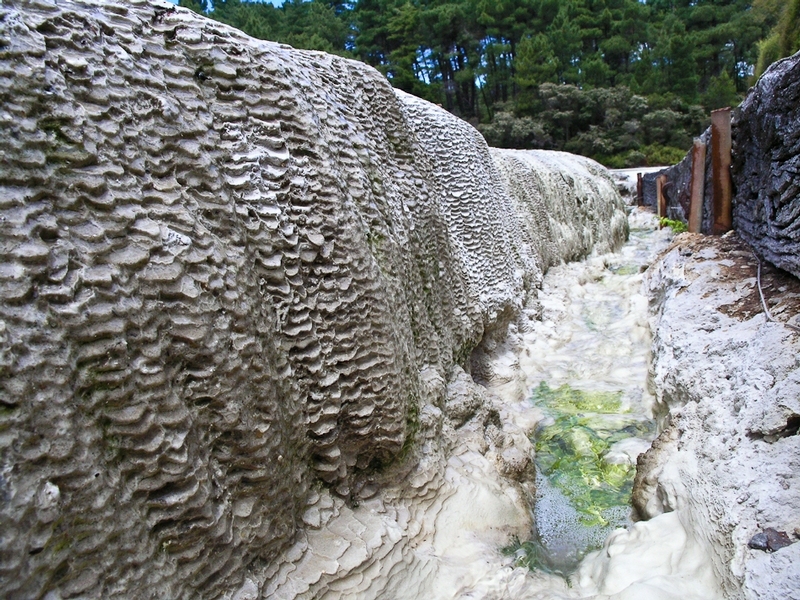
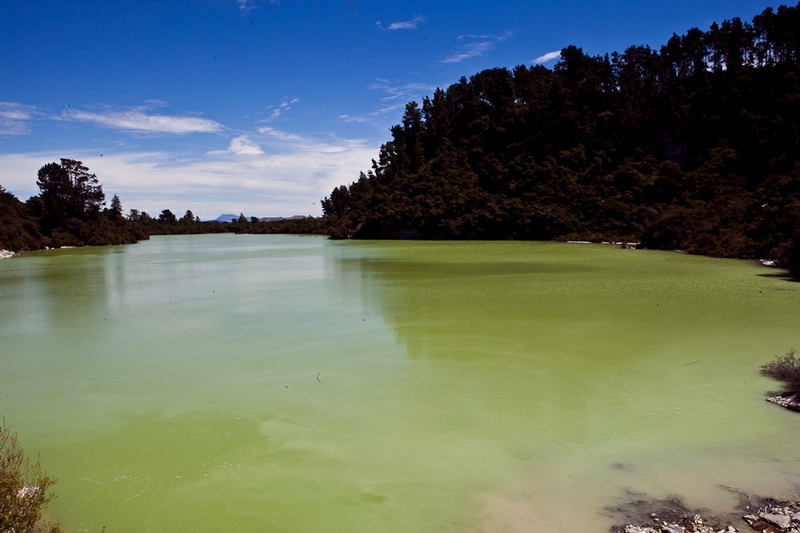

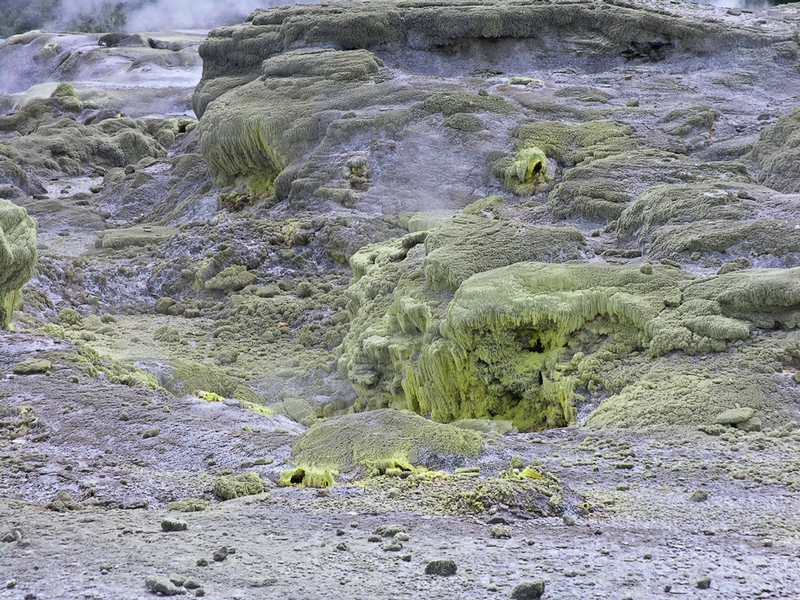
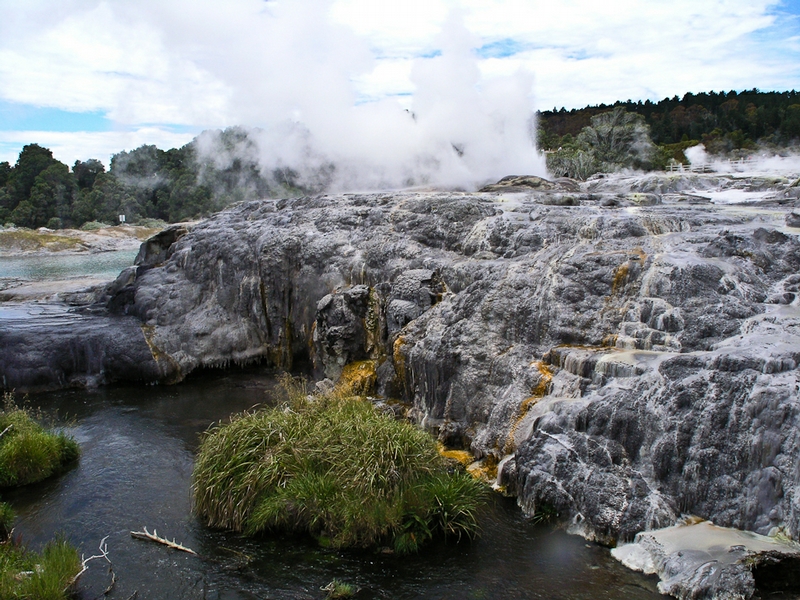

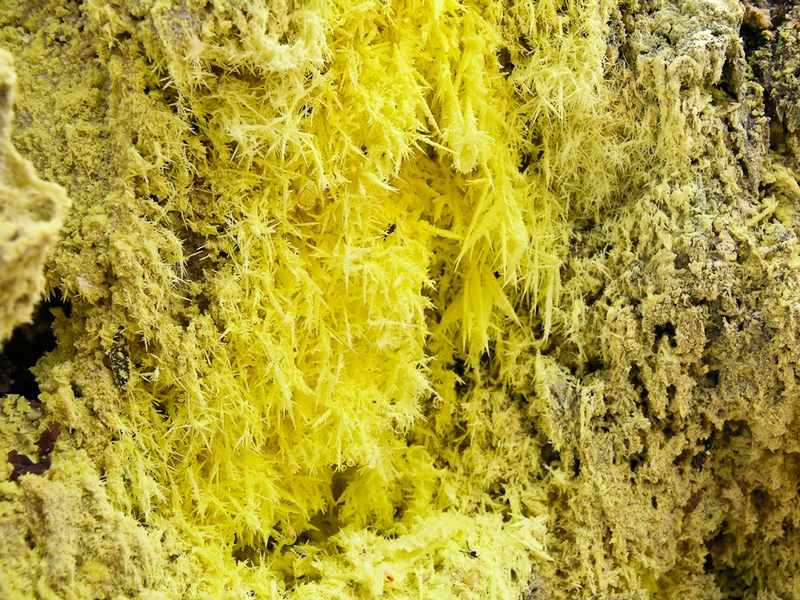
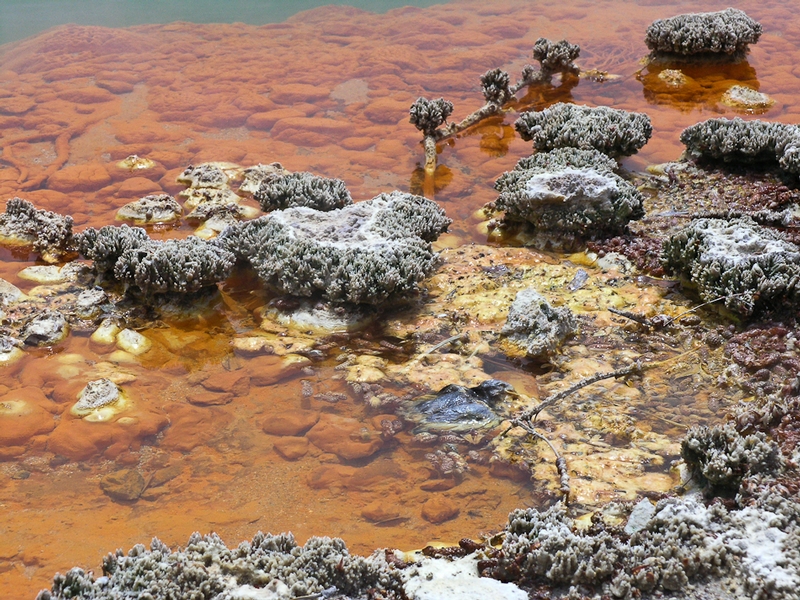
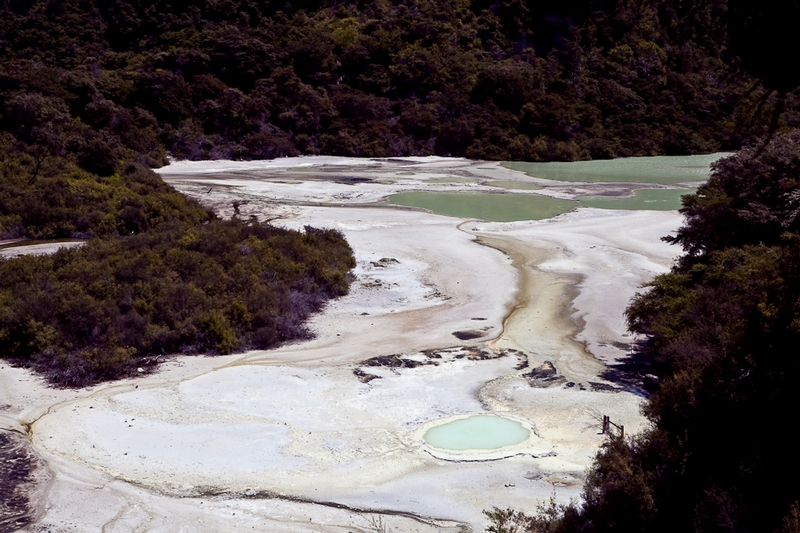

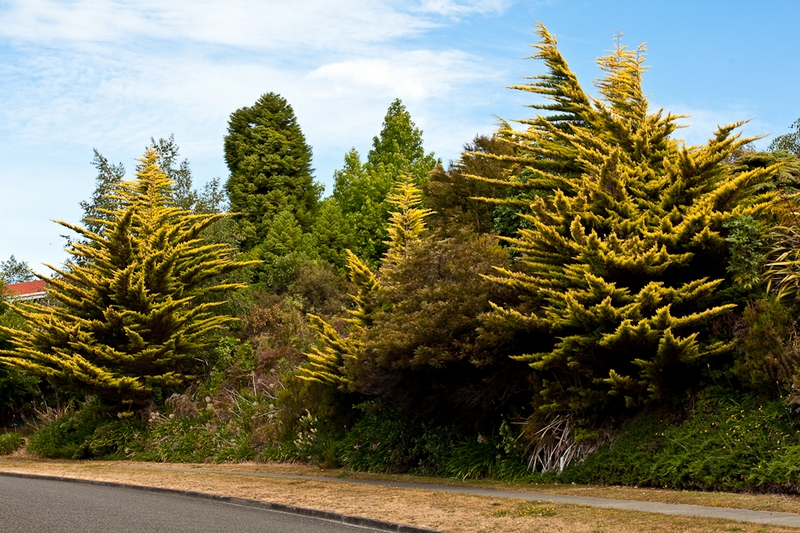
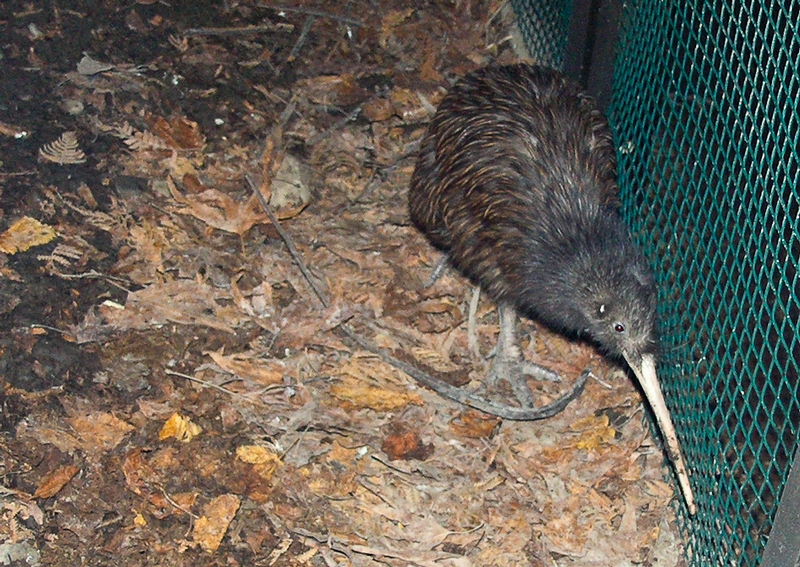
Kiwi.
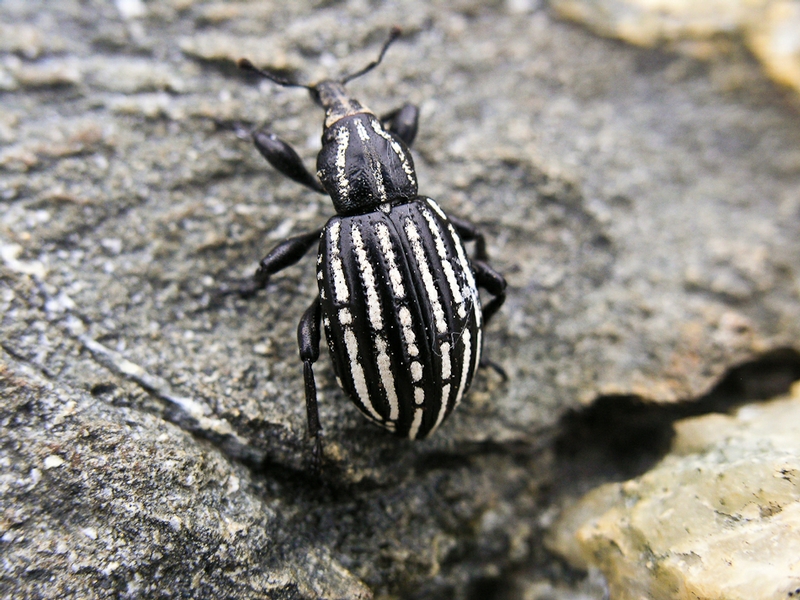
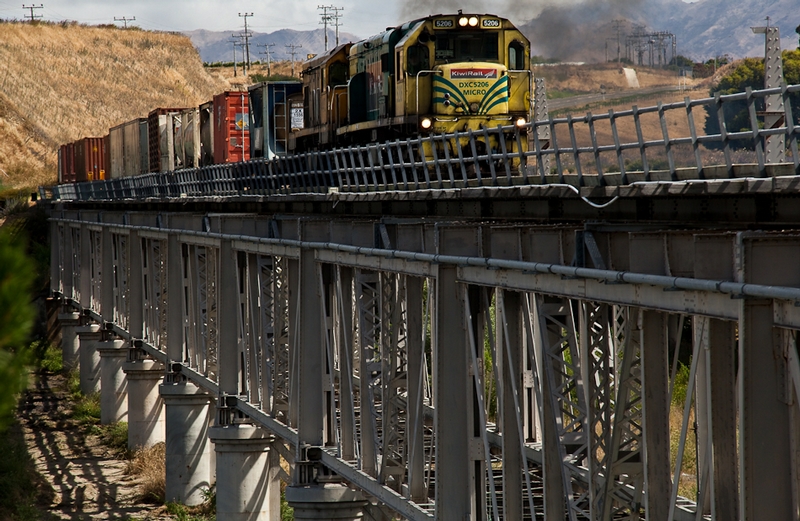
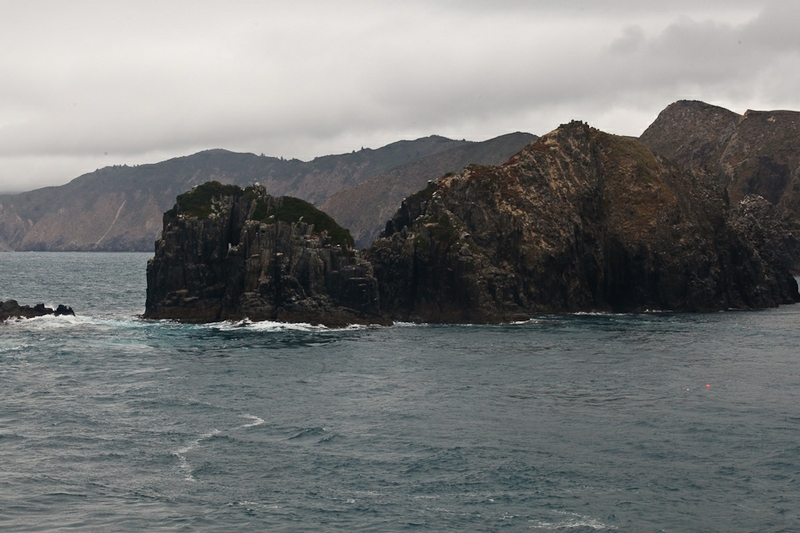
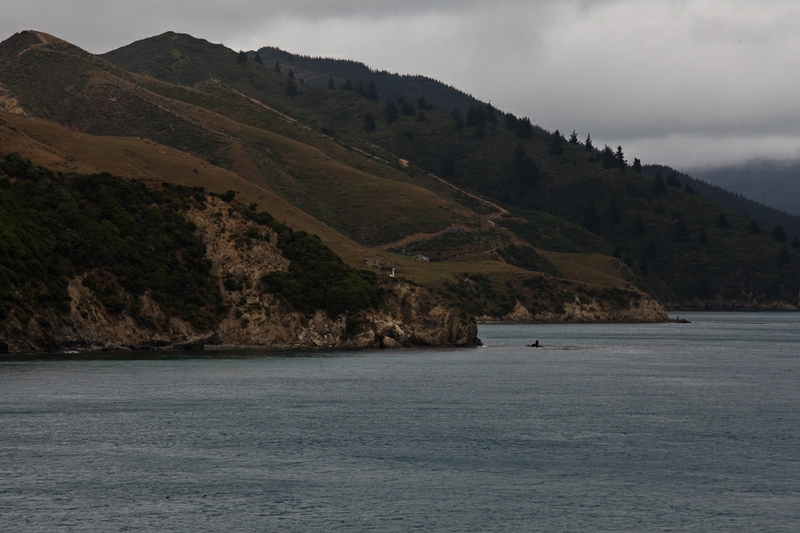
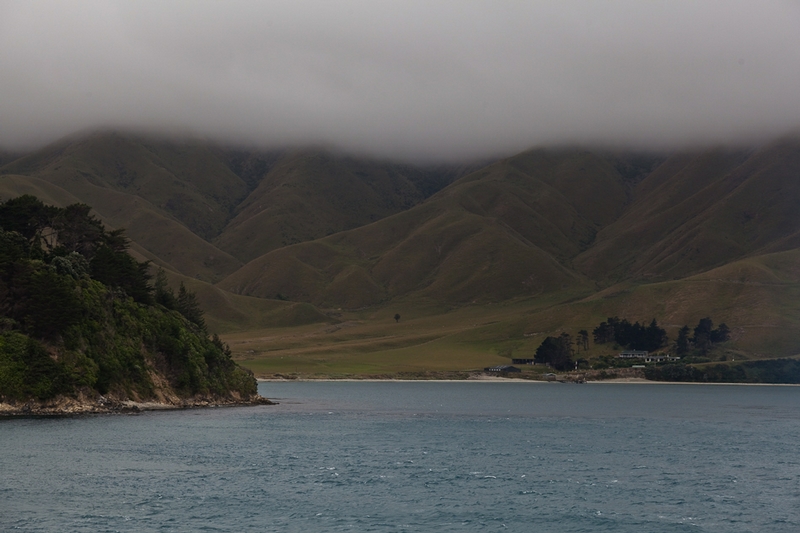

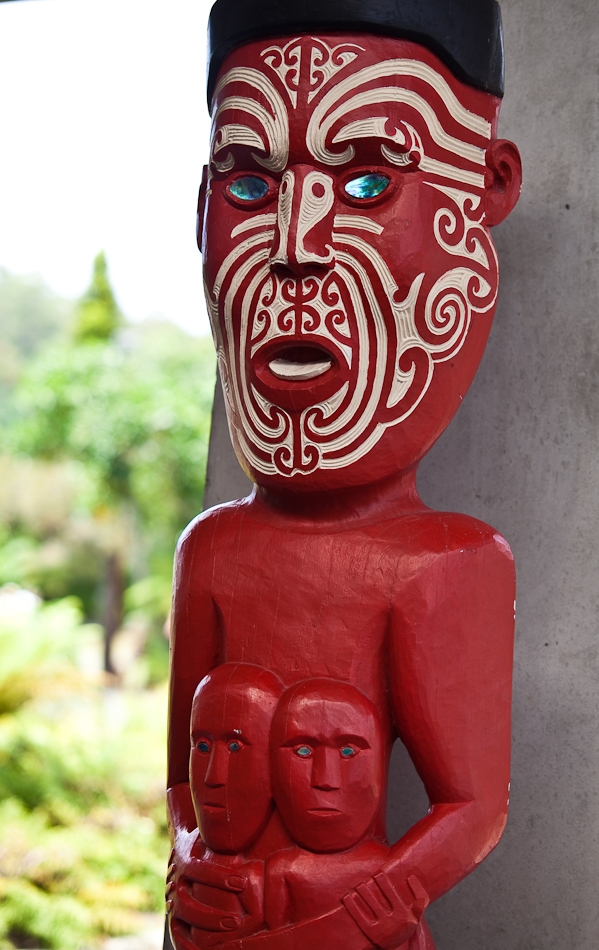


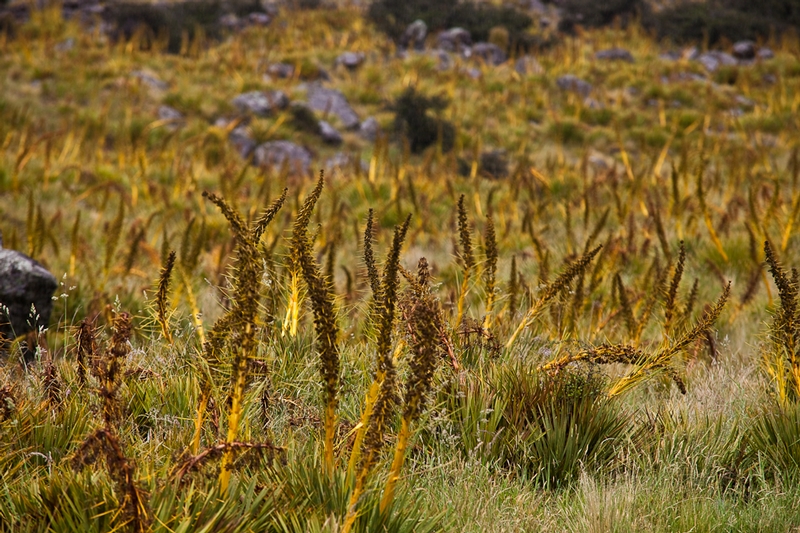
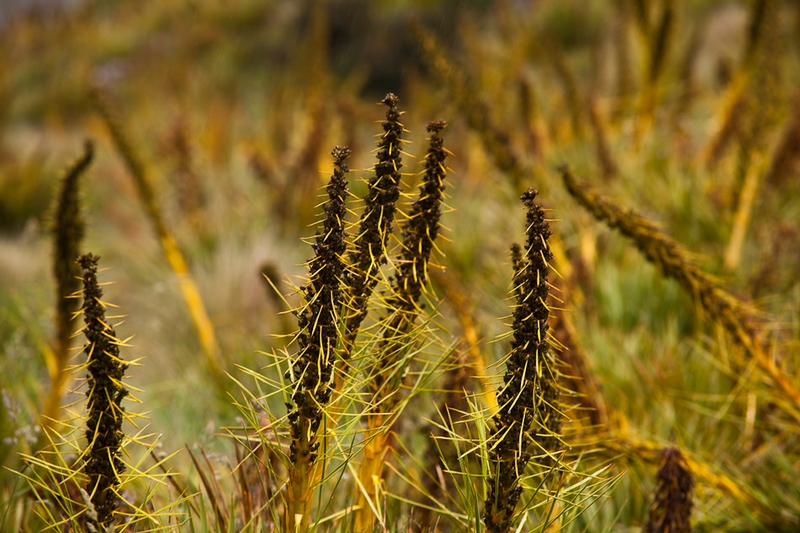
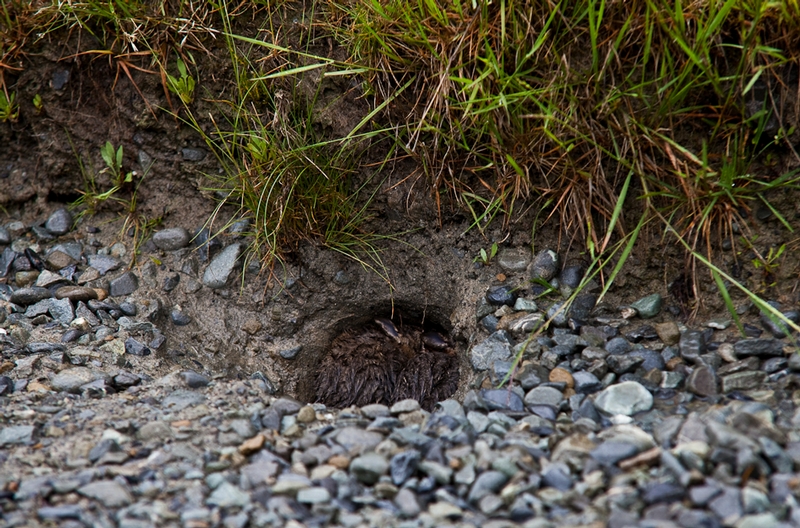
Rabbit hole right by the highway.
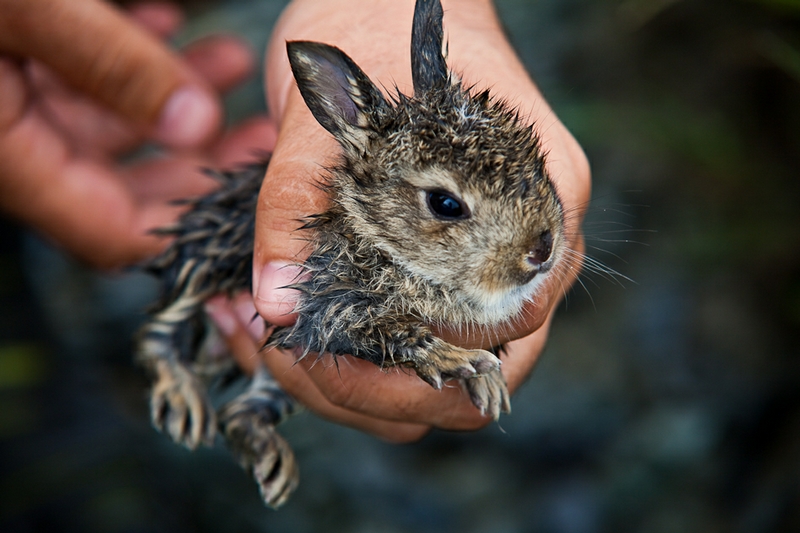
Read more Here
Amazing Newzealand by nicefunspot

NewZealand is the country of powerful geysers, colorful lakes and breathtaking landscapes. No wonder it was chosen for the "Lord of the Rings" setting.


Geyser "Prince of Wales" is one of the biggest geysers in the world, every 20 minutes it shoots hot water at the height of 20 meters.


Despite being very exciting performance it stinks so badly that it's a risk to throw up. It's interesting what Prince of Wales thinks about this little fact?







Hot springs.

There are also lakes of unearthly beauty.




Mud bath, anyone?





Small Maori show. Maori are native New Zealand people, who lived here before the Europeans arrived.





















There are lakes of the most unexpected colors.



Water is boiling in this lake.













Kiwi.












Rabbit hole right by the highway.


Posted in awesome, Country, exclusive nicefunspot, Photography, pictures, tourist watch, travels heaven
Subscribe to:
Posts (Atom)













